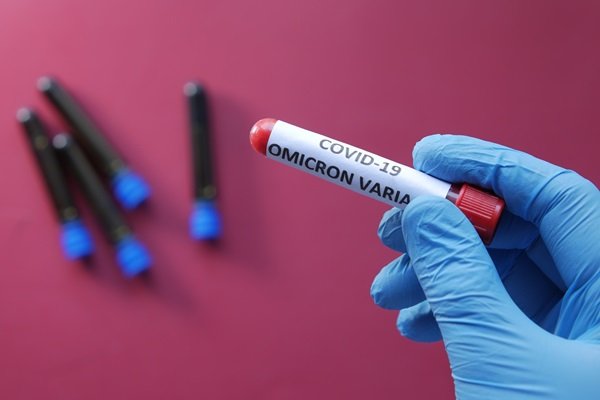
Covid RNA Analyzed With Tee On OVM: Open (Incl. RSS3) Supercharges DeSci
Published on January 2nd, 2025
Introduction
Open science has taken a leap forward with recent advancements in Decentralized Science (DeSci). The application of Open Value Models (OVM) in analyzing COVID RNA, combined with technologies like Tee and RSS3, is revolutionizing research transparency and collaboration. These technologies are not only reshaping the way scientific research is conducted but also ensuring faster, more reliable solutions to global health crises like the COVID-19 pandemic. This article delves into the transformative impact of these tools on scientific discovery, data accessibility, and global health responses.
What Is DeSci and Why Does It Matter?
Decentralized Science (DeSci) changes how research happens by using blockchain and Web3 technologies. It creates a system where scientists, organizations, and contributors can work together directly, without relying on centralized control. This approach ensures greater transparency, fairness, and inclusivity.
Traditional research often limits access to information, slowing down progress. DeSci breaks these barriers, allowing more people to participate in and benefit from scientific advances. During the COVID-19 pandemic, DeSci has enabled faster sharing of knowledge, helping scientists respond more effectively.
Understanding OVM and Its Role in COVID RNA Analysis
The Open Value Model (OVM) helps researchers organize, measure, and validate data in a clear and fair way. It’s especially valuable in complex studies, like analyzing COVID RNA, where managing large datasets is critical.
Researchers record every step of their work in OVM, making it secure and easy to verify. This builds trust among scientists, institutions, and the public. It also avoids duplicate efforts by keeping all contributions visible. OVM rewards every contributor, ensuring everyone gets the recognition they deserve.
Tee Technology: Securing Sensitive Data
Trusted Execution Environment (Tee) offers a safe and private space for handling sensitive information. In COVID RNA research, Tee protects raw data and ensures accurate results without exposing private details.
By pairing Tee with OVM, scientists can collaborate safely, knowing their data is secure. This is essential for handling patient information or genetic data. Tee balances the need for openness with strict security, making it an essential tool for research today.
RSS3: Revolutionizing Data Sharing
RSS3 simplifies how researchers share their work by creating a fast and secure system for spreading information. Unlike older methods, RSS3 allows researchers to publish and track their findings in real time.
This is crucial during emergencies like COVID-19, where quick access to data can save lives. RSS3 ensures that discoveries reach scientists worldwide without delay. It also keeps data reliable, so users can trust the information they access.
Benefits of Open Science in Pandemic Responses
Open science, powered by tools like OVM, Tee, and RSS3, brings many advantages to fighting pandemics:
- Global Collaboration: Scientists from everywhere can contribute, leading to better solutions.
- Transparency: All research steps are visible, making the process trustworthy.
- Faster Discoveries: Open access shortens the time from research to results, speeding up treatments and vaccines.
- Fair Access: Even underfunded regions can use shared data, creating equal opportunities for progress.
Challenges and the Way Forward
While promising, decentralized science still faces obstacles:
- Regulations: Governments need to create clear rules for using these technologies.
- Privacy Risks: Keeping data safe while sharing it openly requires strong protections.
- Lack of Standards: Unified methods for using decentralized tools must be developed.
Collaboration between scientists, policymakers, and tech companies can address these issues. Investments in training, technology, and policies will ensure that open science reaches its full potential.
Conclusion
The integration of Tee, OVM, and RSS3 into COVID RNA analysis demonstrates the transformative potential of Decentralized Science. These technologies not only enhance the speed and accuracy of research but also democratize access to vital information, ensuring a more equitable and collaborative approach to scientific discovery. As the world continues to grapple with global health challenges, embracing open science is essential for driving innovation and building a healthier, more inclusive future.
